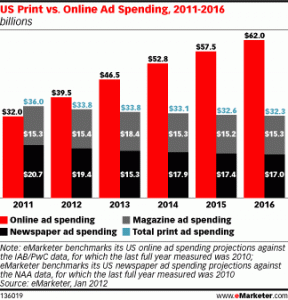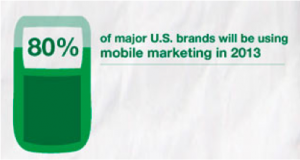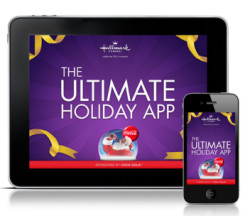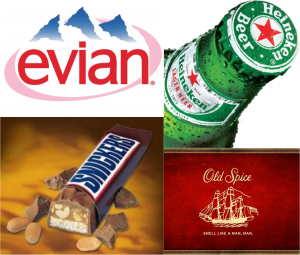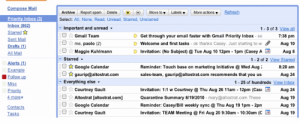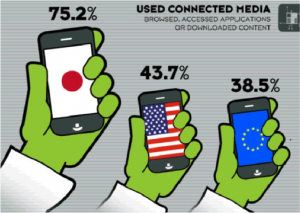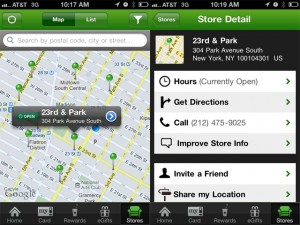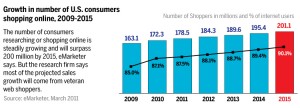<object width=”420″ height=”315″><param name=”movie” value=”https://www.youtube.com/v/4-lGe5MnBlY?version=3&hl=de_DE”></param><param name=”allowFullScreen” value=”true”></param><param name=”allowscriptaccess” value=”always”></param><embed src=”https://www.youtube.com/v/4-lGe5MnBlY?version=3&hl=de_DE” type=”application/x-shockwave-flash” width=”420″ height=”315″ allowscriptaccess=”always” allowfullscreen=”true”></embed></object>
Click here and watch: You Oughta Know Inbound Marketing
Traditional or outbound marketing focuses on finding customers, whereas Inbound Marketing is marketing focused on getting found by customers.
Techniques used in outbound are rather poorly targeted and that interrupt (potential) customers. Examples for outbound marketing are cold-calling, print advertising, T.V. advertising, junk mail, spam, and trade shows.
Technologies like Caller ID, TiVo, spam filters and tools like RSS are making these outbound techniques less and less effective. Admittedly, companies using traditional marketing only are still able to get their message out via these channels, but print and display advertising just cost more.
It is therefore much more efficient to create ways and tools of marketing like videos and blogs that people WANT to see or read rather than interrupting people with television ads or using hugh amounts of the marketing budget for buying display ads in print publications.
 I think this quote (by Rick Burnes) best illustrates the idea of indbound marketing in contrast to outbound marketing: “Instead of driving their message into a crowd over and over again like a sledgehammer, they attract highly qualified customers to their business like a magnet.“
I think this quote (by Rick Burnes) best illustrates the idea of indbound marketing in contrast to outbound marketing: “Instead of driving their message into a crowd over and over again like a sledgehammer, they attract highly qualified customers to their business like a magnet.“


